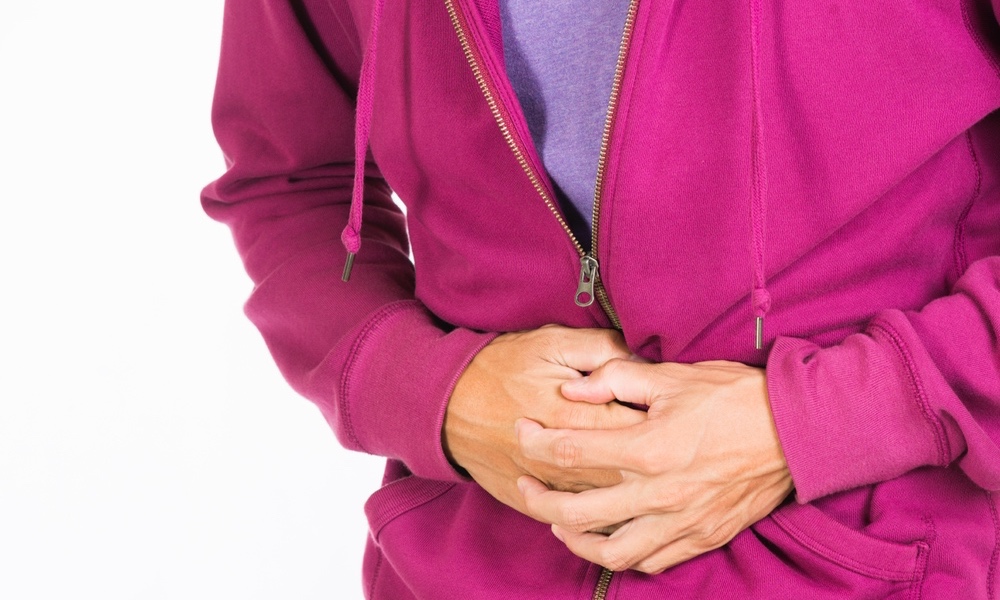The chemicals that we put in our bodies every day – by way of the foods we eat, the compounds we inhale, or the materials we touch – have become the subjects of much research and public concern in recent years. And rightly so. Studies have shown, for example, that compounds like bisphenol A (BPA) can act as endocrine disruptors, altering the ways in which our hormone systems work, and affecting the reproductive system, cancer risk, and even the development of a fetus.
At least one of the harmful chemicals appeared in all types of products tested, and in about three-quarters of the “alternative” products, which typically advertise that they contain fewer of the unsafe ingredients.
A new study finds that many of these potentially harmful chemicals can lurk in household, personal, and cleaning products, and they aren’t always indicated on the ingredient lists. Researchers tested over 200 products for the presence of 55 different chemicals that have been previously identified as potentially harmful to humans. These compounds included the infamous BPA, as well as phthalates, parabens, triclosan, glycol ethers, and certain chemical fragrances.
The results were somewhat alarming: At least one of the chemicals appeared in all types of products tested, and in about three-quarters of the “alternative” products, which typically advertise that they contain fewer of the unsafe ingredients. The authors also point out that in some products, the more common endocrine-disrupting compounds (EDCs) were absent, but less common EDCs were instead present. Since less common EDCs may also be less studied, this substitution is not always a positive thing.
But not everyone takes the study findings at face value. The American Cleaning Institute (ACI) says that just because the chemicals are found to be present in the products tested, this doesn’t mean that their presence is actually harmful to people. “An enormous amount of research, development and testing takes place before cleaning products hit the shelves,” said ACI Executive Vice President Richard Sedlak, who added, “In essence, safety is built into the DNA of cleaning product development and manufacturing.”
Materials like vinyl products (shower curtains) and fragranced products (sunscreens and dryer sheets) had the highest levels of EDCs.
While this issue is being debated (and it will not likely be solved any time soon), there are some things that consumers can do to reduce their exposure to the ingredients. The Silent Spring Institute, which carried out the research, suggests ways to cut down on one’s everyday use:
- Use fewer cleaning products in general
- Try to avoid fragranced products and those made of vinyl
- Cut down on antimicrobials including triclosan or triclocarbon
- Watch out for cyclosiloxanes and cyclomethicone in hair products and sunscreens
- Look for plant-based ingredients
- Go back to basics: Use vinegar or baking soda to clean, and hats and light cover-ups to reduce sunscreen use
More tips can be found at the Silent Spring Institute. The study was published in the online issue of Environmental Health Perspectives in advance of print.




